Cards In This Set
| Front | Back |
 |
Neolithic Female figurine. Steatopygus female figurine. May be related to mother earth goddess or fertility figure like Venus of Walendorf, but from Neolithic instead of paleolithic.
|
 |
Anatolian Goddess giving birth. Shows where people are migrating from.
|
 |
Late Neolithic. Dimini- More advanced than other citites. . Megaron= Palace or throne room in the center of the city. Actual function of the center buliding at Dimini is unkown.
|
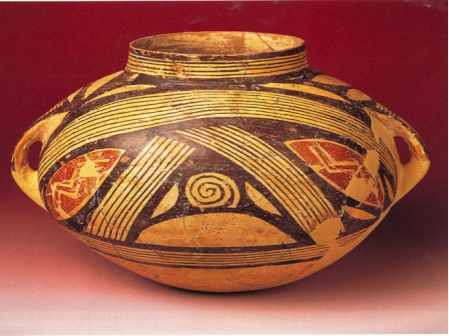 |
Late Neolithic period. Vase from Demini. First known glazing in the Neolithic period. Comon spiral motif.
|
 |
Early Minoan II. Mytros. Cist graves= common burial practice. Buried with goods. Megaron also present in the city. "The House on the Hill"
|
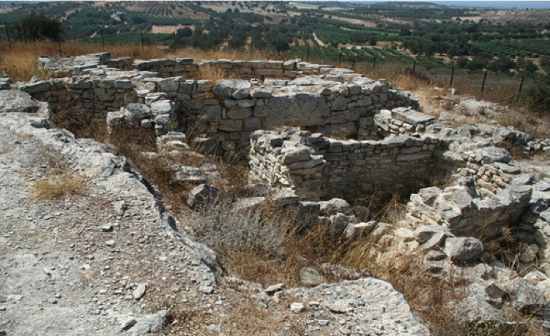 |
Early Minoan II. Tholos tomb- round tomb. Allowed body to decompose before placing it in the tholos tomb. Many are buried together in tholos tombs. Reason is unknown, but may be due to sun worship deduced from the bone facing east.
|
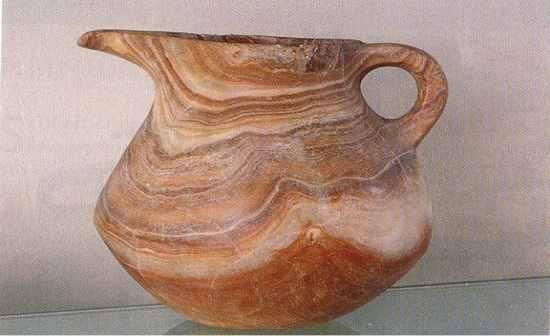 |
Early Minoan II. Jug from Mochlos. Buried with the dead in Crete. Made of stone native to Crete.The interior of the vase was worked with a copper drill. Outside was modeled by being beaten with stone hammers and polished with sand. Tool originally made in ancient Egypt.
|
 |
Early Minoan II. Seal from Platanos. Made of Ivory. Interest in naturalism and rendering lifeless forms as it does with animate ones.
|
 |
Early Minoan II. Cylinder seal.
|
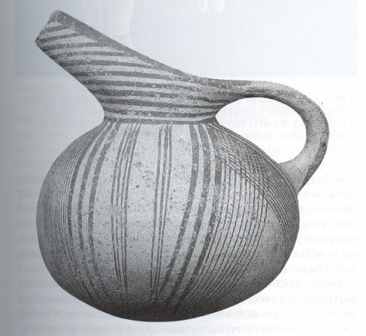 |
Early Minoan I. Beak-spouted jug. Fixing process= 1. Oxidizing (heat up) 2. Reducing (Oxygen is burned off clay) 3. Partially reoxidizing. Dark on light style.
|
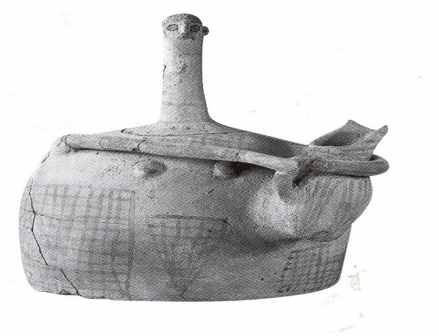 |
Early Minoan II. "Goddess of Mytros". Probably connected to fertility. She is a vessel not a solid figurine.
|
 |
Early Minoan II. Vasiliki. Never reached a high populaion. Represents the beginning of traditional Minoan architecture.
|
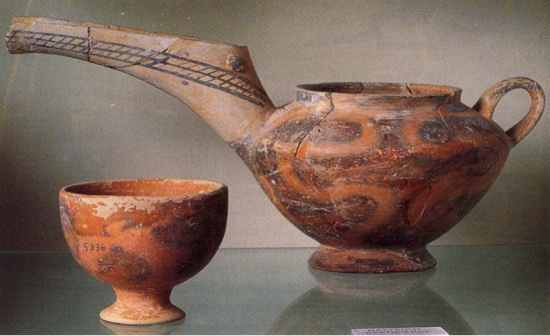 |
Early Minoan II. Vasilike ware cup and jug. This is the typical Pottery style of Later EM II. Bird-like zoomorphic form. Sense of movemoent and freedom of decoration, imply mobility and freedom of society itself. Stone look may be an attempt to make the clay vessels look more like stone because stone was more valuable.
|
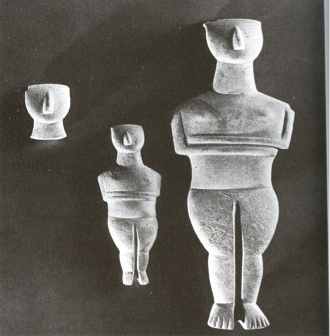 |
Early Cycladic II. Cycladic figures and head. Worked from thin rectangular blocks of marble using tools of bone or copper. Found mostly in tombs. Only female figures, hand over chest. Plank Idol.
|
 |
Early Cycladic II. Plank Idol
|



